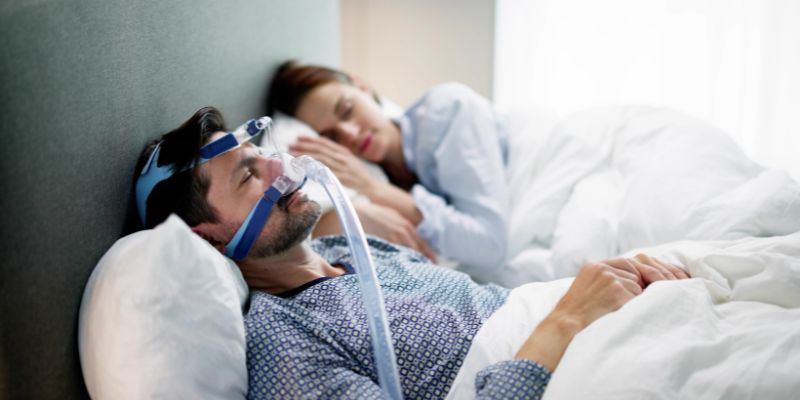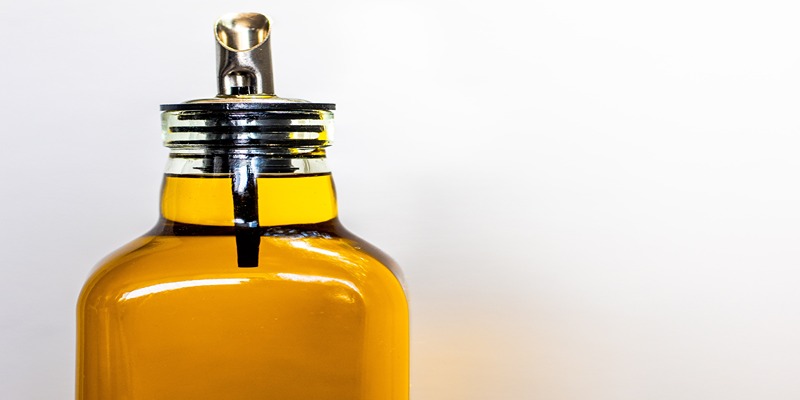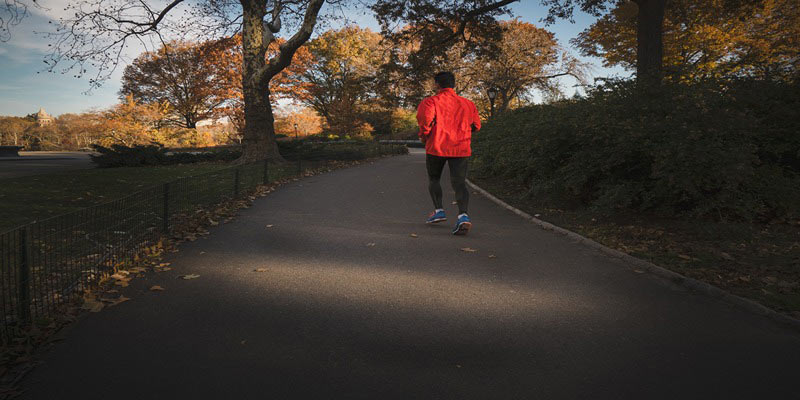Indented stripes of scar tissue that show up as stretch marks are also called striae. They may be uncomfortable and raised when they first appear, and their colors may range from red to dark brown. Time will cause the scars to lighten and fade in color. Typically appearing on the buttocks, thighs, hips, and belly, these markings are not unpleasant, according to the American Academy of Dermatology (AAD).
Stretch Marks Causes
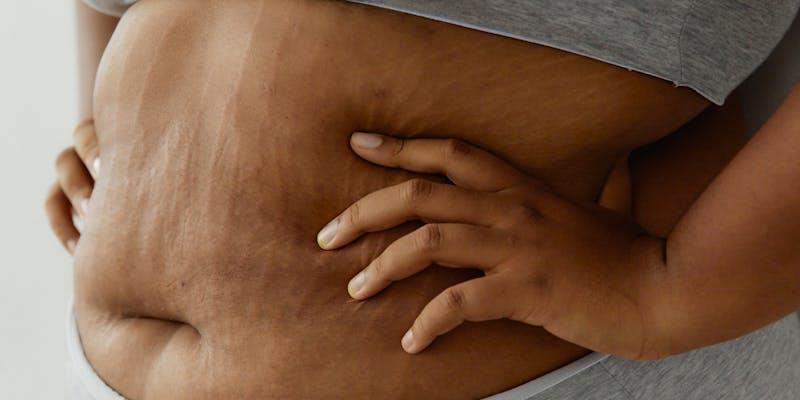
A person may have stretch mark patches if their body develops too rapidly, regardless of the cause. Keeping up would be too much for your skin to handle. You may have more supple skin by increasing your collagen levels. As your skin extends, the markings may become more apparent. There are a few potential causes of stretch marks:
Rapid Weight Gain
Anyone, regardless of gender, may have stretch marks if they gain much weight rapidly. The skin tears at the dermal layer as it adapts to the sudden increase in weight, manifesting externally as stretch marks. Proper weight control, which involves eating a balanced diet and exercising frequently, may help avoid stretch marks. Nonetheless, if stretch marks do appear, you do have choices.
Puberty
Most teenagers go through puberty, which accelerates physical development. Due to rapid skin stretching that suits the developing body, stretch marks may appear. These markings naturally fade with age. Youth should hear this. Encourage a balanced diet and regular skin care to avoid stretch marks throughout these changing years.
Pregnancy
Pregnancy is a beautiful new stage of life, but stretch marks may occur. When the stomach grows to accommodate the baby, hormonal changes may weaken and tear skin fibers. Some may prefer to conceal their tattoos even if they're proud. Losing weight after giving birth and employing specialized skin treatments may reduce stretch marks.
Breast Implant Surgery
Individuals who choose breast implant surgery run the risk of stretch marks due to the potential skin expansion caused by the implants. Because of the sudden change, some people, especially those with large implants, may have skin strain. Women considering breast augmentation should talk to their physician about the possibility of stretch marks before the procedure. Many different lotions and treatments exist with the potential to reduce the visibility of stretch marks that may develop after surgery.
Bodybuilding
People who work out their bodies typically face a unique challenge. When a person's body fat percentage is high, stretch mark patches are more likely to appear. This is mostly because their quickly growing muscles force their skin to expand abnormally. This is typical since growing muscles are most obvious in the thighs, chest, and shoulders. Pregnancy accelerates skin development, which might produce stretch marks if the skin isn't elastic enough.
Steroids
Steroids have impacts beyond strength, durability, and health. Certain people get stretch marks after using anabolic steroids, whether they're doing it for medical reasons (like with certain steroid medicines) or for criminal reasons (like to make their muscles grow faster). Similar skin issues may also be caused by conditions like Cushing's syndrome, which involve the body's increased steroid levels. Steroids increase your body fat and muscle mass, making your skin more pliable and prone to microscopic rips that may result in stretch mark patches.
Marfan Syndrome
Marfan syndrome is inherited and affects numerous body systems, including the skin. Because of this disease, skin becomes less elastic and bouncy after stretching. Marfan syndrome causes stretch scars due to fast hair growth that the skin cannot absorb. This disorder indicates a genetic tendency to cause skin issues, including the inability to stretch or expand.
Ehlers-Danlos Syndrome (EDS)
Genetic mutations in collagen, a skin-strengthening protein, cause Ehlers-Danlos Syndrome. EDS patients bruise easily due to their elastic or sensitive skin. The inherent variance in their skin composition makes them more susceptible to stretch marks. Stretch marks may appear without provocation in EDS patients due to the skin's lower resistance to stretching.
Treatments To Reduce Stretch Marks
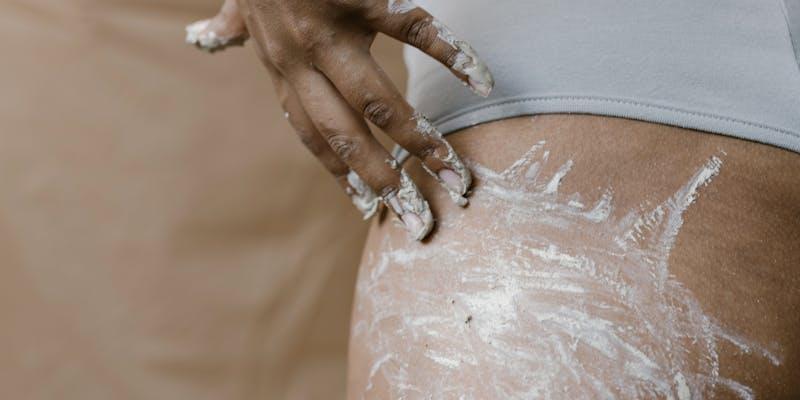
Stretch marks may be difficult to treat. Treatment may reduce stretch marks but not eradicate them. Treat stretch marks immediately to remove them permanently. Treating older deep-stretch scars may be harder.
Laser Therapy
Laser and light treatments alongside chemical peel for stretch marks may reduce stretch marks despite their high cost. A recent study reveals that laser therapy, one of the most novel stretch mark patch treatments, may considerably reduce their appearance. Intense pulsed light and pulsed dye lasers may reduce stretch marks and enhance collagen formation. Any plastic surgeon may do these treatments. The American Society for Dermatologic Surgery says light or laser treatment may eliminate stretch marks. When seeking medical treatment, avoid unlicensed doctors and nurses. Stretch marks may transform 20-60% after 20 sessions. Medical care may be pricey.
Dermabrasion
One kind of surgery is dermabrasion. The medical professional treating you will use a specialized tool to remove the stretch marks alongside a chemical peel for stretch marks. The procedure enhances the shape of your skin and produces fresh, silky skin. A minimum of two weeks is required for the skin to recover. The whole effect of the surgery should become apparent a few weeks or months after it. Malaria, hyperpigmentation, hypopigmentation, edema, and enlarged pores may occur.
Microneedling
Your doctor will inject small needles into your skin during microneedling. Micropunctures tighten skin alongside jojoba oil for stretch marks, which may help increase collagen and elastin production in the body. Most individuals report feeling better after three to six sessions. For others, the effects may not be noticeable for six months. However, more time may be required. As potential adverse effects, the skin might redden, swell, become discolored, or become flaky.
Retinol
Retinol cannot be synthesized without vitamin A. It is an ingredient in several anti-aging skin care products sold over the counter because of its anti-wrinkle, anti-texture, and anti-hydration properties. Using retinol creams of chemical peel for stretch marks for at least six months may provide the biggest benefits. Other symptoms include dry, itchy, discolored, or light-sensitive skin.
PRP with Ultrasound
PRP treatments that increase collagen production and rejuvenate the skin are becoming more popular. Blood is taken before surgery to create platelet-rich plasma for platelet replacement. Ultrasonic imaging and PRP treatment alongside jojoba oil for stretch marks show potential for curing. 70% stated it affected their self-worth "good" or "very good."

